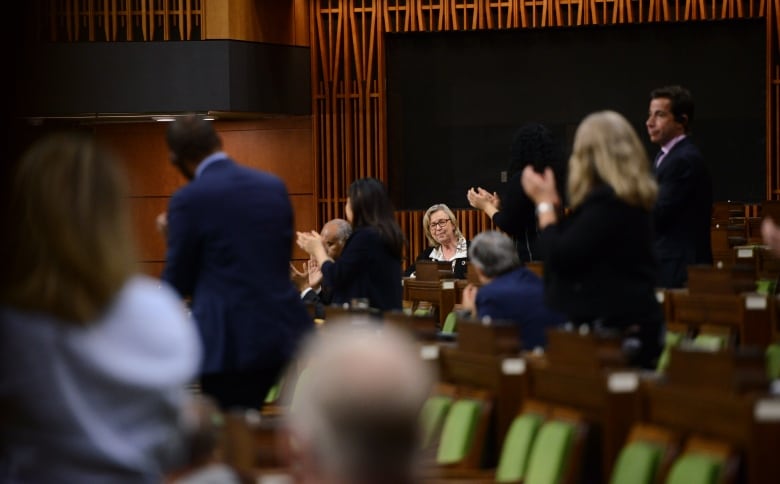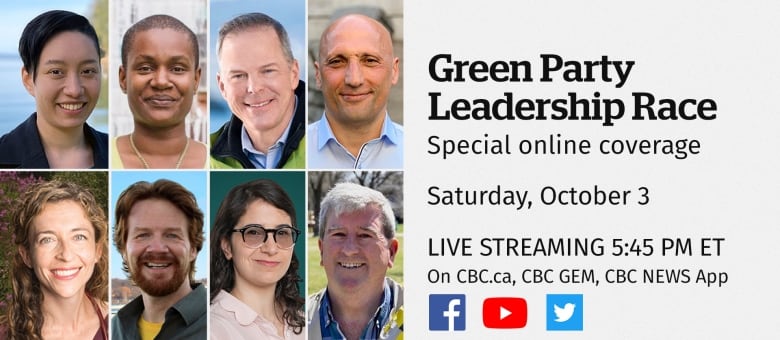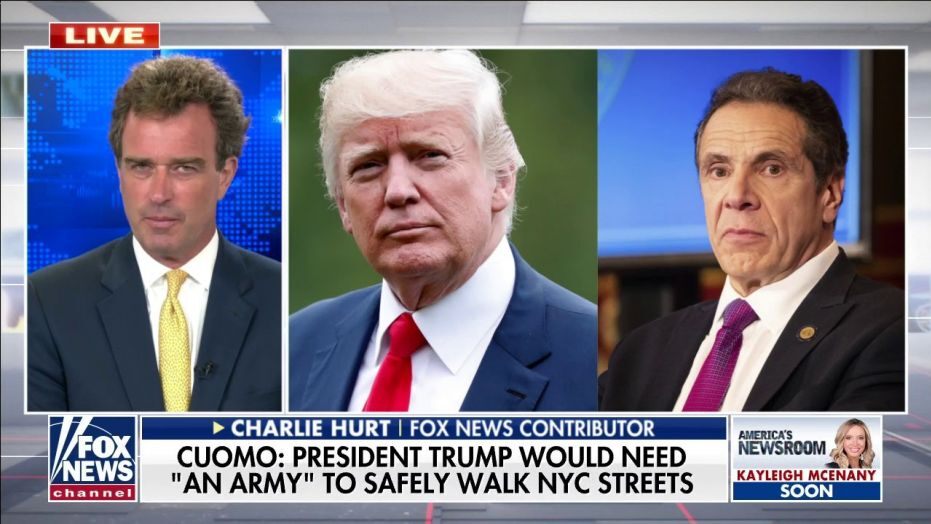Whoever wins the Green Party leadership race today takes over a job that might have looked a lot better when it became available a little under a year ago.
Now, with the COVID-19 pandemic turning Canadians’ attention away from climate change and to matters of public health and a future economic recovery, the next leader of the Greens will face some serious challenges.
Elizabeth May, who has been leading the party’s activities in the House of Commons while Jo-Ann Roberts holds the interim title, first became leader of the Greens in 2006. When she resigned in November, she was Canada’s longest-serving active leader of a party with seats in either the House or a provincial legislature.
Though she managed her party’s best result in terms of popular support in the 2008 federal election (6.8 per cent of ballots cast), her first electoral victory came in 2011, when she defeated a Conservative incumbent in her B.C. riding of Saanich–Gulf Islands. She added two more members to her caucus in 2019.
While the federal Greens made this incremental progress, provincial Green parties made bigger strides. They were instrumental in the election of minority governments in British Columbia and New Brunswick in 2017 and 2018 and formed the Official Opposition in Prince Edward Island in 2019.
When May resigned, the opportunity for a fresh new leader to capitalize on the party’s momentum and take it to the next level seemed clear.
But the last seven months have changed all that.
A diverse race that’s hard to call
It isn’t easy to predict the outcome of a leadership race being held by a party that hasn’t gone through a leadership campaign in over a decade. But the nearly 35,000 party members have a long list of candidates from which to choose.
There are eight candidates on the ballot from across the country and from diverse backgrounds.
In terms of experience, most of them have run for the Greens in past elections at either the federal or provincial levels. Four of them — Annamie Paul, David Merner, Amita Kuttner and Meryam Haddad — carried the Green banner in last October’s election.
But the only one with elected experience is Glen Murray, a former Ontario Liberal cabinet minister and mayor of Winnipeg. Whether that holds much sway among members is hard to say, as there aren’t many Greens with elected experience to begin with — nearly every Green that has ever won an election is already sitting in a legislature somewhere in the country.
In most leadership races, fundraising is a useful barometer of a candidate’s support. By that measure, Paul is the front runner. She has raised about $206,000 during this campaign. Her nearest rival is Dmitri Lascaris, who has raised $147,000.
Paul and Lascaris also lead the pack in terms of endorsements from former Green candidates.

Murray is third in fundraising; he has raised $97,000 (though the Green Party erroneously withheld about $9,600 of that money due to an error in processing donations). Courtney Howard, a physician from the Northwest Territories, has raised $80,000.
Merner has raised $70,000, followed by Kuttner at $49,000, Haddad with $40,000 and Andrew West with $24,000.
If these fundraising totals are at all reflective of support within the Green membership, then the race is likely heading to multiple ballots. Paul has only raised about 29 per cent of all the money donated to candidates in this campaign.
Whoever does emerge as the leader will have to introduce themselves to Canadians. Due in part to their small footprint in the House and their modest support nationwide — polls put the Greens at about six per cent support — the party does not receive much attention at the best of times.
In the midst of a pandemic (and a chaotic U.S. presidential election), few Canadians are likely to be aware that the Greens are even holding a leadership race, let alone who the candidates are.
And that’s part of the problem.
Waning concern over climate change
The environment has long been one of the top concerns for Canadians — except when something deemed more important has been happening.
Ahead of the 2008 federal election, the environment routinely topped polls as Canadians’ number one political issue. This prompted the Liberals under Stéphane Dion to adopt an ambitious environmental plan called the ‘Green Shift’ that proved ill-timed when the financial crisis struck. It took about a decade for the environment to return as a top issue.
Polling by Nanos Research found that at the beginning of 2020, the environment was Canadians’ top concern at 20.5 per cent, followed by jobs and the economy at 15 per cent.
Then the pandemic hit. Over the past month, the environment registered as the top concern for just six per cent of Canadians in Nanos’s polling, behind health care (10.5 per cent), jobs and the economy (16.5 per cent) and the coronavirus (29 per cent).
Until the pandemic is over — and perhaps until the country’s economy has recovered — few Canadians are likely to consider the environment their most important issue.
The impact of this is already being seen in the two provinces that once held so much promise for the Greens.
A warning from the provinces
In last month’s New Brunswick election, the Greens were only able to increase their share of the popular vote by three percentage points and hold the three seats they won in 2018 as the Progressive Conservatives under Blaine Higgs turned a shaky minority into a solid majority government. It might have been a tougher night for the Greens had the Liberals not run such a lacklustre campaign.
In British Columbia, which will hold its election on Oct. 24, polls by Ipsos and Léger found the environment ranking as an issue below the pandemic, the economy, health care and affordability.
Polls also suggest John Horgan’s New Democrats are likely to turn a fragile minority into a big majority government. Green support is below where it was in the 2017 provincial election and there is a serious possibility that the Greens could lose seats in this election. That would be a first in Canada — no one elected as a Green has yet failed to secure re-election.
A federal election that takes place before the pandemic is over, or the economy has recovered, could be as difficult for the federal Greens.
Until things are back to something like normal, it won’t be a terrific political climate for a new Green leader trying to gain some traction with a distracted electorate. For whoever wins, becoming the leader will prove to be the easy part. Becoming a memorable and successful Green leader will be a much bigger challenge.


